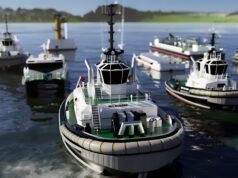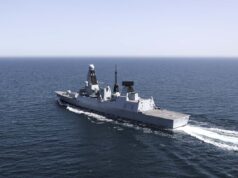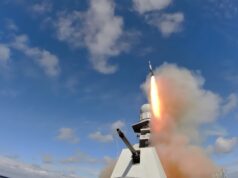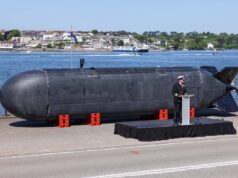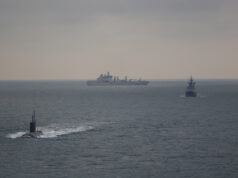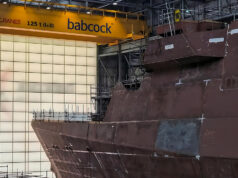At DSEI in London, I spoke to Thales about their work to move artificial intelligence out of the lab and into deployed systems, focusing on contested and bandwidth-limited environments where cloud connectivity cannot be relied upon.
Thales described its approach as “AI for mission-critical systems” with particular emphasis on edge environments, where deployed sensors and platforms need to operate with minimal connectivity.
“You have the sexy AI algorithm, but if you don’t understand the metadata that sits behind it and manage that in the right way, then you lose effectiveness,” I was told.
At the heart of this effort is CortAIx, Thales’s global AI accelerator, with 800 experts worldwide and around 200 in the UK. Earlier this year the company launched CortAIx UK, described as a sovereign capability with £40 million earmarked for research into AI across sensors, command and control, and effectors.
Thales showed me several applications already in development or service. The Multi-Domain Mission Support System, deployed with the RAF and built with UK SMEs Mont Dean and Faculty AI, applies behavioural learning to large datasets, revealing anomalies such as suspicious patterns in shipping traffic. In the maritime sphere, AI-driven minehunting has increased detection rates fourfold and expanded coverage tenfold compared to human operators.
The company is also trialling what it called “a GPT for maintenance”. Crews could query a system in natural language, for example, asking how to replace a circuit board, and receive immediate troubleshooting instructions at sea without relying on shore-based support. This concept is being tested under the Royal Navy’s Maritime Sensor Enhancement Programme.
Security was a major point of emphasis. Thales told me its teams carry out friendly hacking on their own AI models to test resilience against attacks such as data poisoning, model theft, and adversarial manipulation. They argued that proving models can be both resilient and exportable is key to allied adoption, since nations will want to protect their own sovereign training data while working from a shared baseline.
Beyond AI software, Thales said it is developing new rotary-wing uncrewed systems, building on the Peregrine UAV already in Royal Navy service. Work is underway to explore armed variants, with test firings possible as early as next year if regulatory approvals and access to ranges are secured.
The message at DSEI was clear: deployable AI is already making a difference in live systems, and Thales wants to push further into mission-critical environments where seconds matter.




